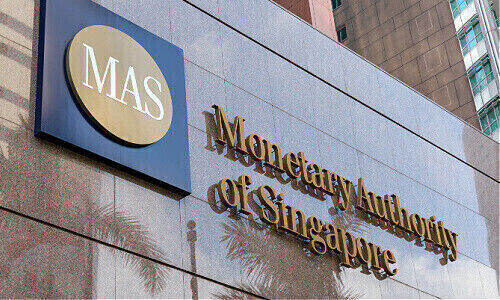MAS: Fund Token Pilots Moving Towards Commercialization
The Monetary Authority of Singapore is ironing out the legal and regulatory implications of tokenized investment funds with industry players.
The Monetary Authority of Singapore (MAS) is working with financial institutions on the legal and regulatory framework of tokenized investment funds as well as the implications, as they move toward commercializing some of the related pilots, the regulator told a conference yesterday.
«Asset tokenization has the potential to streamline processes, improve efficiency, reduce costs and risks in asset and portfolio management,» said MAS managing director Chia Der Jiun in a published speech at the IMAS Investment Conference & Masterclass 2024 on Wednesday.
Industry Application
Chia highlighted some examples of applications by firms such as UBS Asset Management piloting the digital native issuance of Variable Capital Company (VCC) funds to simplify the traditional fund issuance process, which also streamlines distribution and secondary market trading.
Another example was the tokenization of a VCC fund and the recording of fund share ownership on a shared ledger by Schroders and Calastone. This enables atomic and instantaneous settlement, enhancing operational efficiency and reducing settlement risks.
Infrastructure Development
In the broader area of asset tokenization, the regulator was working on the development of infrastructure on a «commercial scale». Together with a group of financial institutions, including BNY Mellon, DBS, J.P. Morgan and MUFG, an initiative called «Global Layer One» (GL1) has been underway to enable tokenized assets to be «transacted across networks and across countries efficiently and seamlessly».
MAS is also collaborating with international policymakers to promote the development of industry standards and frameworks for tokenized assets and digital asset networks via a policymaker group called «Project Guardian».



























